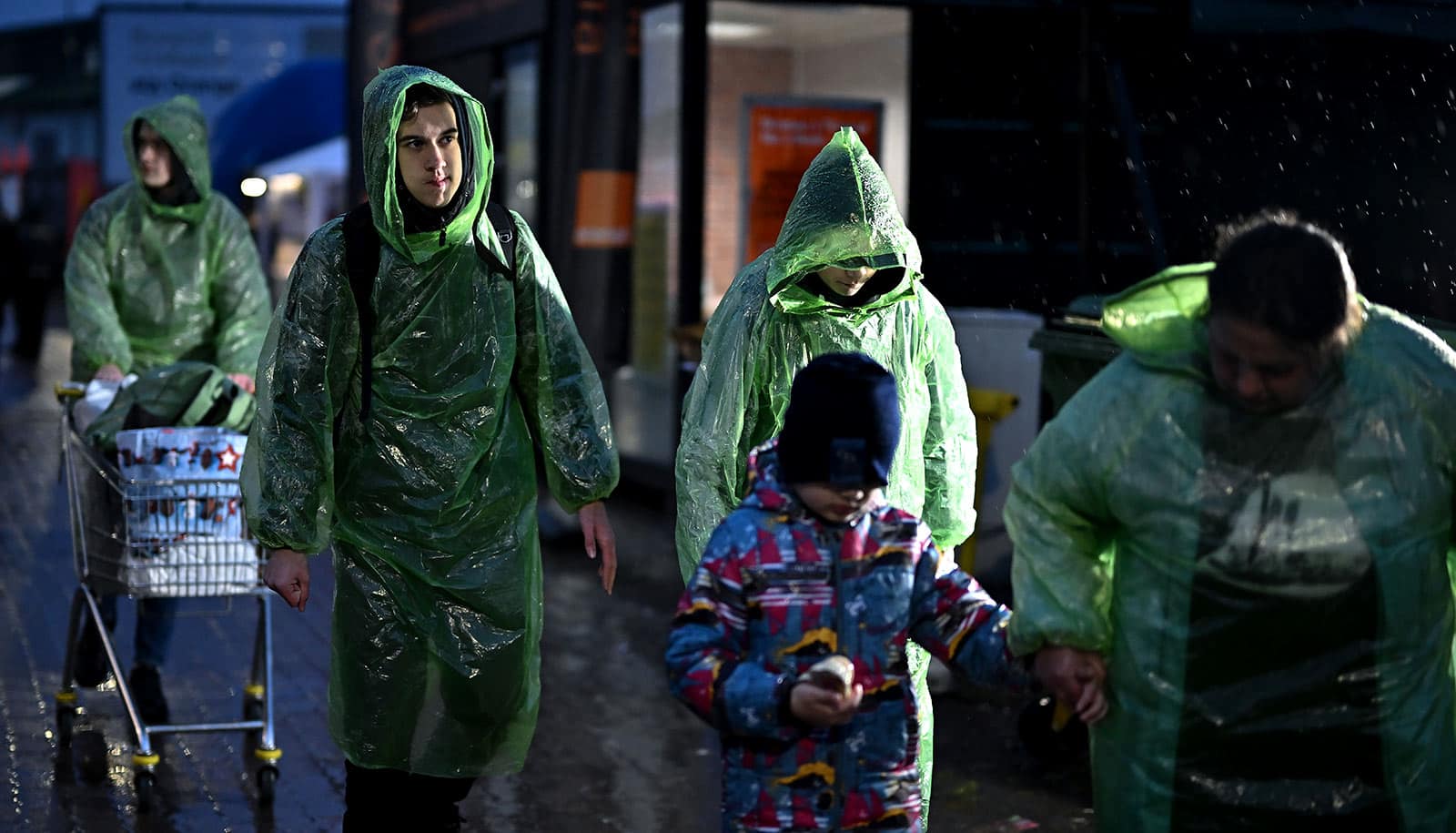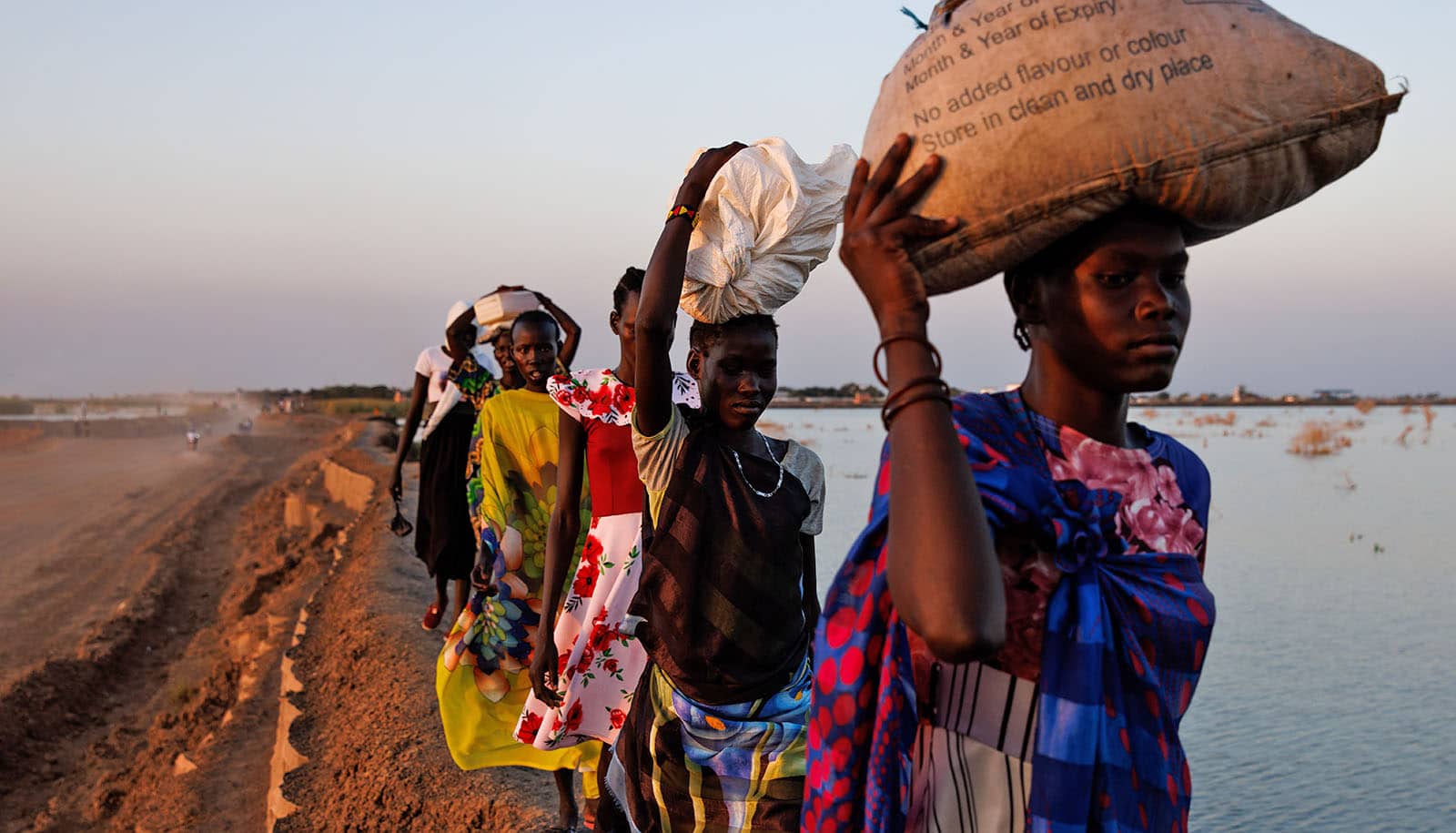A new study shows that analyzing social media posts can help experts predict when people will move during crises, supporting faster and more effective aid delivery.
Forced displacement has surged in recent years, fueling a global crisis. Over the past decade, the number of displaced people worldwide has nearly doubled, according to the United Nations’ refugee agency. In 2024 alone, one in 67 people fled their homes.
The new study highlights how powerful computational tools can help address major global challenges to human dignity.
“Traditional data, such as surveys, are extremely difficult to collect during forced migration crises,” says Marahrens, assistant professor of computational social science in the University of Notre Dame’s Keough School of Global Affairs.
“As early warning systems evolve, artificial intelligence and new digital data can help improve them. Ultimately this can help strengthen humanitarian responses, saving lives and reducing suffering.”
The study in EPJ Data Science analyzed three case studies. In Ukraine, 10.6 million people were displaced following Russia’s 2022 invasion. In Sudan, approximately 12.8 million people were displaced following a civil war that broke out in April 2023. And in Venezuela, about 7 million people have been displaced in recent years because of multiple economic crises.
Researchers reviewed almost 2 million social media posts in three languages on X (formerly Twitter). They found that sentiment (positive, negative, or neutral) was a more reliable signal for predicting when people were about to move than emotion (joy, anger, or fear). Sentiment was particularly helpful at predicting the timing and volume of cross-border movements.
After comparing several approaches for analyzing social media posts, researchers found that pretrained language models provided the most effective early warning. These AI tools are trained on massive amounts of text using deep learning, a method that helps computers learn patterns much like the human brain.
“Our findings will help researchers refine models to predict how people move during conflict or disasters,” Marahrens says.
Social media analysis seems to work best in conflict settings such as Ukraine, Marahrens says, but not as well in economic crises such as the ones Venezuela experienced, which unfolded more slowly.
He cautions that such analyses can trigger false alarms. They are most valuable as an early trigger for deeper investigation, he says, particularly when combined with traditional data sources such as economic indicators and on-the-ground reports.
Future work could explore connections between sentiment and emotion, focusing on where they connect and diverge, Marahrens says. It could also examine how automated translation services could help researchers analyze more languages. Finally, future research could include data from additional social media networks.
“Together, these improvements could help strengthen these tools,” Marahrens says, “making them more helpful for policymakers and humanitarian organizations that work with displaced people.”
The study received funding from the National Science Foundation and from Georgetown University’s Massive Data Institute.
Source: University of Notre Dame



